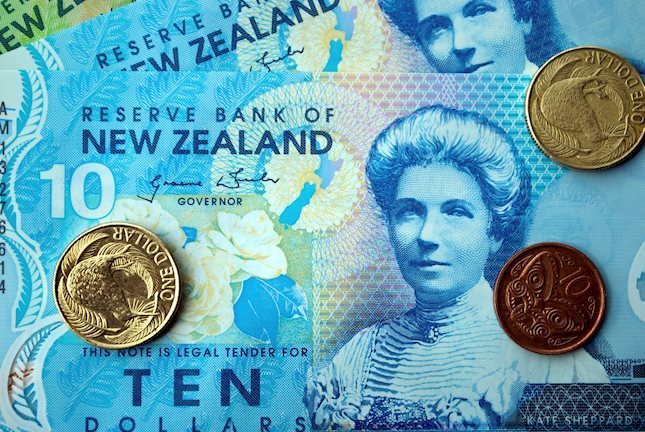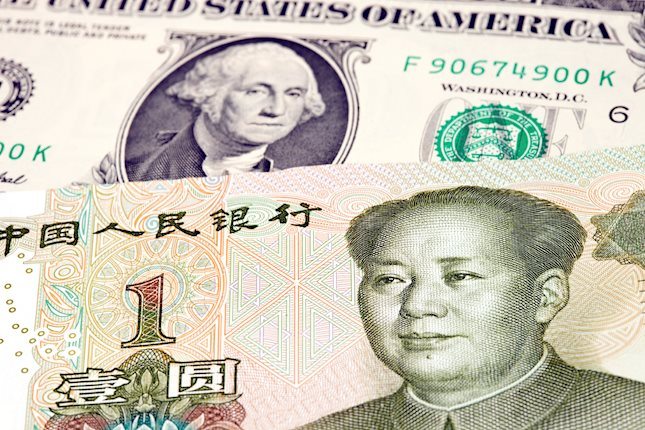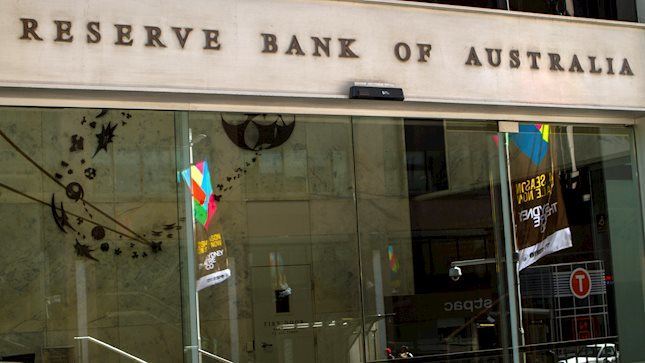US Dollar continues rising ahead of CPI data
- The US Dollar clings to its latest gains with the DXY above 106.00.
- Expectations for additional interest rate cuts by the Federal Reserve have waned.
- Important US data releases this week will shape the outlook for monetary policy and forex.
The US Dollar Index (DXY), which measures the value of the USD against a basket of six currencies, is clinging to its latest gains in the US session on Tuesday. Expectations for additional interest rate cuts by the Federal Reserve (Fed) have waned, and important US data releases in the coming weeks will shape the outlook for monetary policy. These include Consumer Price Index (CPI) and Retail Sales data later this week.
The DXY is anticipated to continue its uptrend, supported by strong US economic fundamentals. The upcoming release of inflation data and Retail Sales figures is expected to bolster the US Dollar. Despite profit-taking and easing labor conditions, the Fed remains optimistic about the economy, and the Greenback's overall trend remains positive.
Daily digest market movers: US Dollar rally continues, Fed easing expectations shift
- Fed easing expectations shift with the market pricing in only 70% odds of a follow-up cut in December.
- The swaps market is pricing in around 50% odds of a December cut, showing a significant shift from September's pricing.
- The market is now pricing in 75 to100 bps of total easing over the next 12 months.
- In addition, investors are pricing in a terminal rate near 3.5% compared to 2.5% in September.
- Fed officials are likely to reinforce the cautious tone this week.
DXY technical outlook: Greenback approaches overbought levels
The DXY index indicators lie deep in positive terrain, but the Relative Strength Index (RSI) lies near 70. Its proximity to overbought levels suggests a potential for a pullback or consolidation in the near term. However, the overall technical outlook remains bullish, with indicators pointing to further upside potential.
In case of a correction, the 105.00-105.50 level might be used as a support to consolidate gains.
Central banks FAQs
Central Banks have a key mandate which is making sure that there is price stability in a country or region. Economies are constantly facing inflation or deflation when prices for certain goods and services are fluctuating. Constant rising prices for the same goods means inflation, constant lowered prices for the same goods means deflation. It is the task of the central bank to keep the demand in line by tweaking its policy rate. For the biggest central banks like the US Federal Reserve (Fed), the European Central Bank (ECB) or the Bank of England (BoE), the mandate is to keep inflation close to 2%.
A central bank has one important tool at its disposal to get inflation higher or lower, and that is by tweaking its benchmark policy rate, commonly known as interest rate. On pre-communicated moments, the central bank will issue a statement with its policy rate and provide additional reasoning on why it is either remaining or changing (cutting or hiking) it. Local banks will adjust their savings and lending rates accordingly, which in turn will make it either harder or easier for people to earn on their savings or for companies to take out loans and make investments in their businesses. When the central bank hikes interest rates substantially, this is called monetary tightening. When it is cutting its benchmark rate, it is called monetary easing.
A central bank is often politically independent. Members of the central bank policy board are passing through a series of panels and hearings before being appointed to a policy board seat. Each member in that board often has a certain conviction on how the central bank should control inflation and the subsequent monetary policy. Members that want a very loose monetary policy, with low rates and cheap lending, to boost the economy substantially while being content to see inflation slightly above 2%, are called ‘doves’. Members that rather want to see higher rates to reward savings and want to keep a lit on inflation at all time are called ‘hawks’ and will not rest until inflation is at or just below 2%.
Normally, there is a chairman or president who leads each meeting, needs to create a consensus between the hawks or doves and has his or her final say when it would come down to a vote split to avoid a 50-50 tie on whether the current policy should be adjusted. The chairman will deliver speeches which often can be followed live, where the current monetary stance and outlook is being communicated. A central bank will try to push forward its monetary policy without triggering violent swings in rates, equities, or its currency. All members of the central bank will channel their stance toward the markets in advance of a policy meeting event. A few days before a policy meeting takes place until the new policy has been communicated, members are forbidden to talk publicly. This is called the blackout period.
Forex News
Keep up with the financial markets, know what's happening and what is affecting the markets with our latest market updates. Analyze market movers, trends and build your trading strategies accordingly.





















